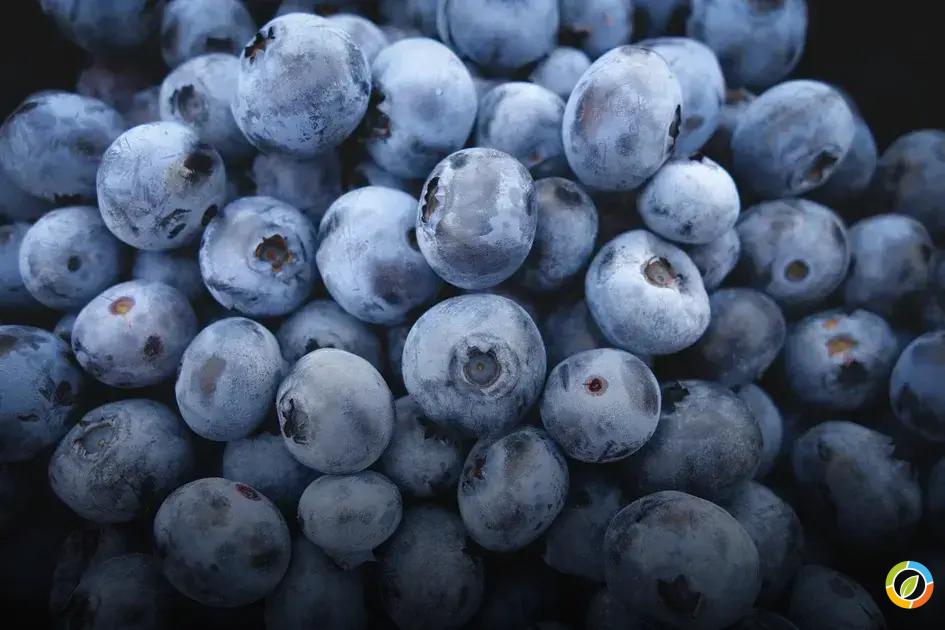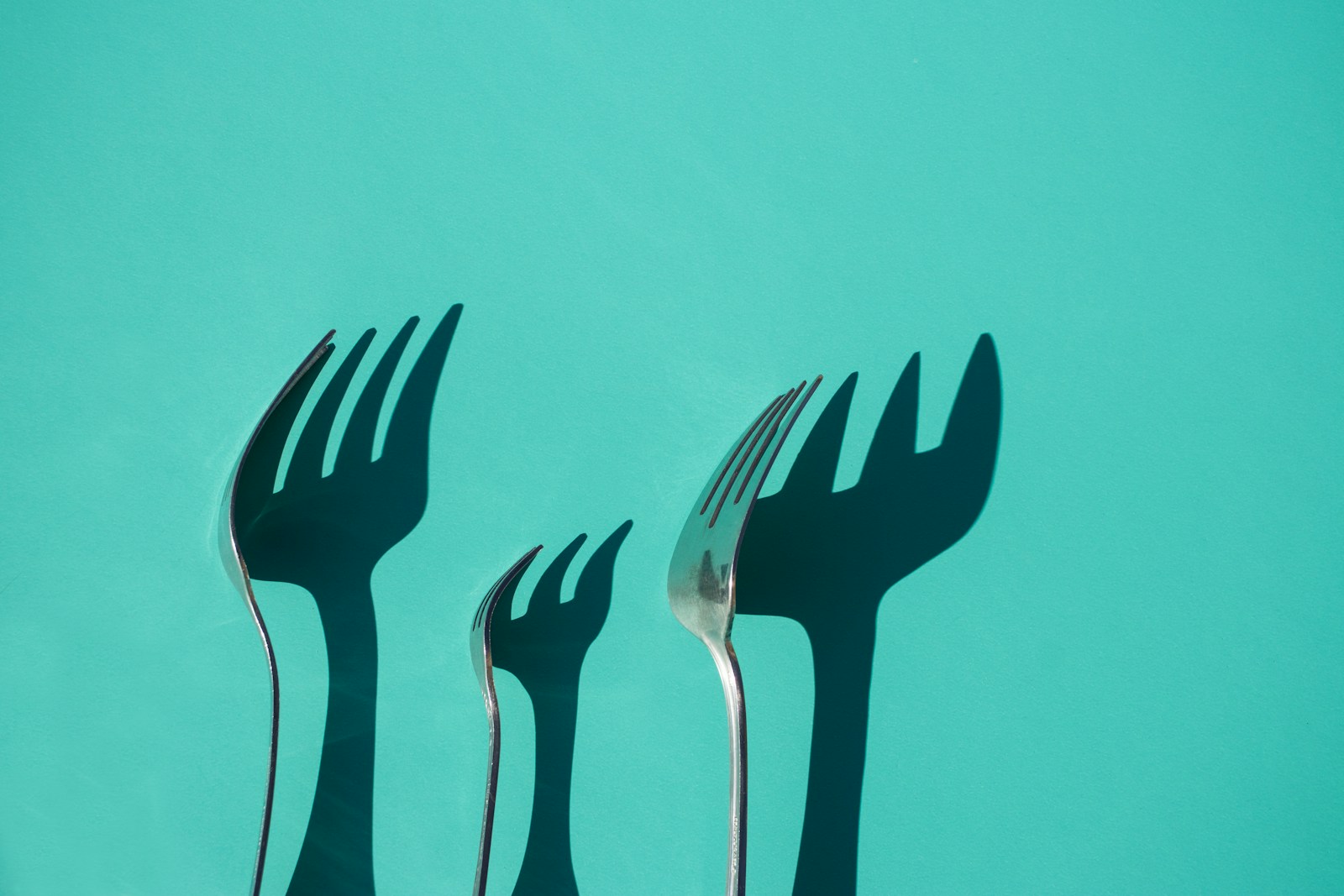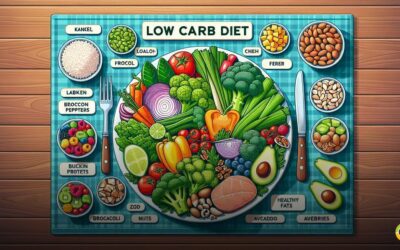When it comes to choosing a diet plan that best suits your health and wellness goals, the options can seem overwhelming. Two popular choices, the Keto and Paleo diets, each have their own unique principles and benefits. Understanding the differences and nuances between these two dietary approaches is crucial in determining which one is the right fit for you. In this article, we’ll explore the essential aspects of the Keto and Paleo diets, compare their potential for weight loss, and consider individual factors to help you make an informed decision about your dietary journey.
Contents
Understanding the Keto Diet Essentials
The keto diet, short for ketogenic diet, is a low-carb, high-fat diet that offers various health benefits. It involves drastically reducing carbohydrate intake and replacing it with fat, putting the body in a metabolic state called ketosis.
Key Components of the Keto Diet:
-
- Low-Carb Intake: The diet typically limits carb intake to 20–50 grams per day to achieve and maintain ketosis.
-
- High-Fat Foods: Healthy fats like avocados, nuts, seeds, and olive oil are staples of the diet.
-
- Moderate Protein Consumption: Protein intake is moderate to avoid gluconeogenesis, where the body converts protein into glucose.
-
- Health Benefits: The keto diet has been associated with weight loss, improved blood sugar control, and enhanced mental focus.
Challenges of the Keto Diet:
-
- Keto Flu: Some individuals experience flu-like symptoms when starting the diet due to the body’s adjustment to ketosis.
-
- Nutrient Deficiency: Without careful planning, the diet may lead to deficiencies in essential nutrients like vitamins and minerals.
-
- Sustainability: Adhering to the strict macronutrient ratios of the keto diet can be challenging for some people in the long term.
Conclusion:
Understanding the essentials of the keto diet is crucial for those considering this dietary approach. While it offers potential benefits, it’s essential to weigh the challenges and individual considerations before embarking on this lifestyle change.

Exploring the Fundamentals of the Paleo Lifestyle
The Paleo lifestyle, also known as the Paleolithic diet or caveman diet, is based on the principle of eating foods that our ancestors consumed during the Paleolithic era. The primary focus is on consuming whole, unprocessed foods that are high in nutrients and avoiding modern processed foods.
Key Principles of the Paleo Lifestyle:
-
- Eat plenty of lean meats, fish, and seafood
-
- Consume a variety of fruits and vegetables
-
- Include healthy fats from sources like nuts, seeds, and avocados
-
- Avoid grains, legumes, processed sugars, and dairy products
Embracing a Paleo Mindset:
Adopting a Paleo lifestyle involves more than just dietary changes. It also encourages physical activity, quality sleep, and stress management. Additionally, it promotes a closer connection to nature and an appreciation for sustainable, locally sourced foods.
The Benefits of a Paleo Lifestyle:
-
- Improved blood lipids and heart health
-
- Weight loss and better weight management
-
- Stabilized energy levels and reduced inflammation
-
- Enhanced mental clarity and focus
Challenges and Considerations:
While the Paleo lifestyle offers numerous benefits, it may require careful planning to ensure adequate intake of certain nutrients, such as calcium and vitamin D. Additionally, individuals with specific dietary restrictions or medical conditions should consider consulting a healthcare professional before making significant dietary changes.
Conclusion:
The Paleo lifestyle presents a holistic approach to health and wellness, emphasizing natural, nutrient-dense foods and lifestyle practices that align with our evolutionary heritage.
Comparing Keto and Paleo for Weight Loss Success
When it comes to weight loss, both the Keto and Paleo diets have gained popularity for their effectiveness. However, it’s essential to understand the differences between the two to make an informed decision based on individual needs and preferences.
Both diets focus on whole, unprocessed foods and limit refined sugars and grains, but they have distinct approaches to macronutrient intake and food choices.
Key Differences
-
- Keto: Emphasizes high fat, moderate protein, and very low carbohydrate intake to induce a state of ketosis, where the body burns fat for fuel.
-
- Paleo: Prioritizes consuming foods that our hunter-gatherer ancestors would have eaten, focusing on lean proteins, fruits, vegetables, nuts, and seeds, while excluding dairy, grains, and legumes.
Weight Loss Effectiveness
Both diets have shown promising results for weight loss, but individual responses can vary. Keto’s rapid weight loss may be appealing, while Paleo’s focus on whole foods can lead to sustainable, long-term results.
It’s important to consider personal preferences, lifestyle, and any underlying health conditions when choosing between the two.
Final Considerations
Ultimately, the choice between Keto and Paleo for weight loss success depends on individual needs, preferences, and long-term sustainability. Consulting with a healthcare professional or a nutritionist can provide personalized guidance for the most suitable approach.

Individual Considerations in Choosing Between Keto and Paleo
When deciding between the keto and paleo diets, it’s essential to consider your individual needs and preferences. Both diets have unique benefits and potential drawbacks, so it’s crucial to assess which one aligns best with your lifestyle and health goals.
Health Goals and Dietary Restrictions
Consider your specific health goals and any dietary restrictions you may have. If you are aiming for rapid weight loss and improved mental clarity, the keto diet’s high-fat, low-carb approach may be suitable. On the other hand, if you prioritize whole, unprocessed foods and seek a sustainable long-term dietary approach, the paleo diet might be a better fit.
Lifestyle and Food Preferences
Take into account your lifestyle and food preferences. If you enjoy a wide variety of meats, seafood, and non-starchy vegetables, the paleo diet’s emphasis on whole foods may appeal to you. Alternatively, if you are comfortable with incorporating healthy fats and limiting carbohydrate intake, the keto diet could be a viable option.
Long-Term Sustainability
Assess the long-term sustainability of each diet. While the keto diet may yield rapid results for some individuals, the strict carb limitations could be challenging to maintain over an extended period. In contrast, the paleo diet’s focus on nutrient-dense foods may offer a more sustainable approach for long-term health and well-being.
Consultation with a Healthcare Professional
Prior to making a decision, it’s advisable to consult with a healthcare professional or a registered dietitian. They can provide personalized guidance based on your medical history, nutritional needs, and overall health status, helping you make an informed choice between the keto and paleo diets.








0 Comments